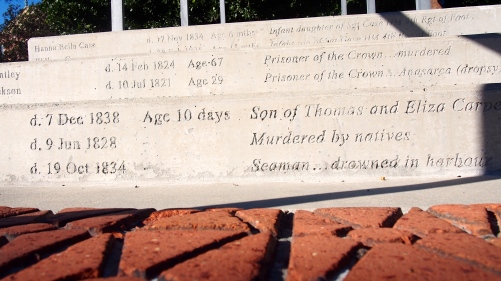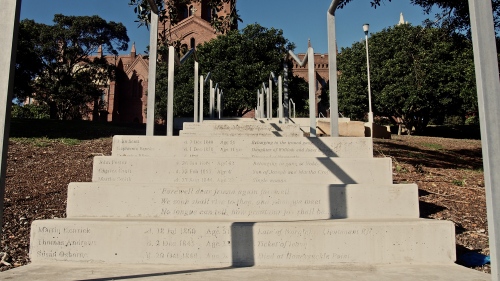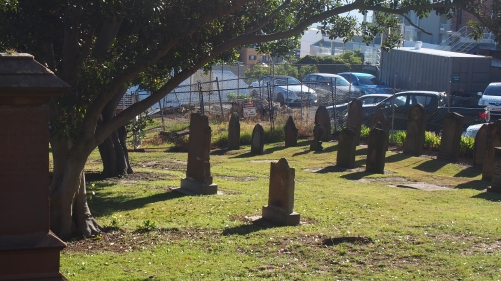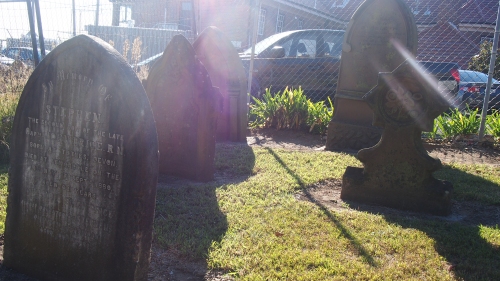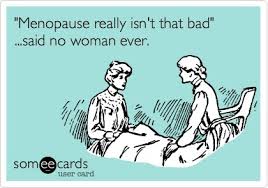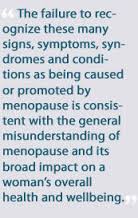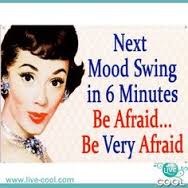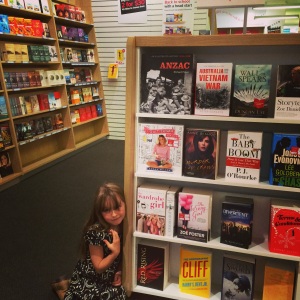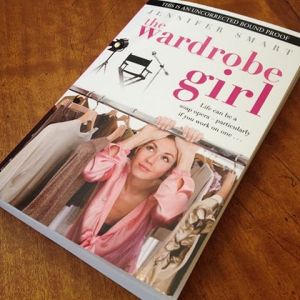There are times when the phone rings and you know that your life is about to change. You probably won’t know how as you lift the receiver, wondering whose voice will be on the other end of the line, but when the phone rings in the early hours of the morning, the news is seldom welcome.
It was just before 630am on the 5th July this year when I answered the phone to hear my Mother’s voice. My parents are elderly, in their 80’s, and I assumed she was ringing with news of my father. Apart from the early hour, her questions, her voice, prepared me for the worst of news. Is Andrew with you? Are you at home? I was waiting for the words that my father had died or was seriously ill, what I didn’t anticipate was to be told that my sister, Fiona had suffered a heart attack and died. She was 58.
I heard a primal groan and staggered, did I stagger of did I double over? I’m no longer sure, but I know the force of my mother’s words were as physically powerful as a blow to my stomach and that Andrew had placed his arm around me, breaking my fall. I remember thinking over and over again in the those first few hours, days, maybe even weeks, that I had gone to bed on a Saturday night and slept soundly, totally oblivious to the pain and fear my sister must have felt as she called for her partner to call an ambulance. It was a remembrance coloured by guilt and recrimination. How could I have slept through and not felt some tug, some shift in my universe? How could I have slept through and not been there to support my mother or even say a final farewell to my sister?
Of course, I understand that none of that is rational and that I have no need to feel guilt, but grief is never rational. Grief removes you from the world of the everyday and sets you down on a path that is not only surreal, but also hyper-real. There have been times over the past five months when I’ve walked through life as if dazed. Quite removed from the everyday, uninterested in small talk, socialising or life beyond my immediate family. I’ve sought out the physical beauty of the world, walking the coastal paths of Newcastle, watching the surf, the ever-changing sea, cloudscapes and watching pods of dolphins. But always my sister is with me, more present in her death that ever she was in life. She walks with me, sits over coffee, glasses of wine with me, is there at my yoga class, always there as I try to make sense of the senseless.
As the months have passed, my guilt has taken on new forms. Am I doing enough to support my parents? How much could ever be enough, though? Am I feeling sad enough? Do I miss Fiona enough? Did I let hours slip by without thinking of her? It is the natural process of grief, of moving through grief and allowing myself to experience it, riding the waves. I never know how big each particular wave will be, it is like looking beyond the breakers to the seemingly flat surface of the ocean beyond. Sometimes the waves roll through to the shore quietly, smoothly. Other times, it is a rogue wave that rears up out of nowhere and sweeps you into it’s churning mess. I can feel overcome for an hour, a day or even several. I have been exhausted but unable to sleep, or unable to do anything much else but sleep. I choose to go with it. There is no sense in denying or fighting; grief is inevitable. Inevitable and yet unique for each of us who grieve.
I head into this festive season with a sense of trepidation. All my preparations are a reminder that Fiona will not be with us. I have always loved Christmas and decorate the house with a sense of joy and anticipate the pleasure of Christmas Stockings being opened in a rip and flurry of tissue paper, the yummy foods to cook, the shopping, the carols, the coming together of family. But this Christmas of 2015, will be a family coming together with a mix of emotions.
I don’t believe that ‘everything happens for a reason.’ I don’t believe that some divine deity checked their list and decided that Fiona needed to die for some purpose. On that I have always been clear. She died of undiagnosed, untreated heart disease. Fiona died because she attributed the fatigue, the occasional breathlessness she suffered, to being stressed, middle-aged and being a busy and involved Mother and Grandmother.
So, although I don’t believe that there was a reason for her death, I do believe that we, her family, can give her death meaning. We can honour her memory by raising awareness about female heart disease, which kills 3 times more women than Breast Cancer. The research is woefully underfunded because it is still targeting male heart disease, despite female heart disease presenting and affecting women very differently.
If you are a post-menopausal woman, will be a post-menopausal woman or know anyone who fits into either category, I urge you to read this excellent article:-
afr.com/…/the-neglected-heart-why-women-fare-so-poorly-with-in-the-cardiac-stakes-20150727-gili63
‘Life changes fast. Life changes in the instant. You sit down to dinner and life as you know it ends.’ – Joan Didion, The Year of Magical Thinking


